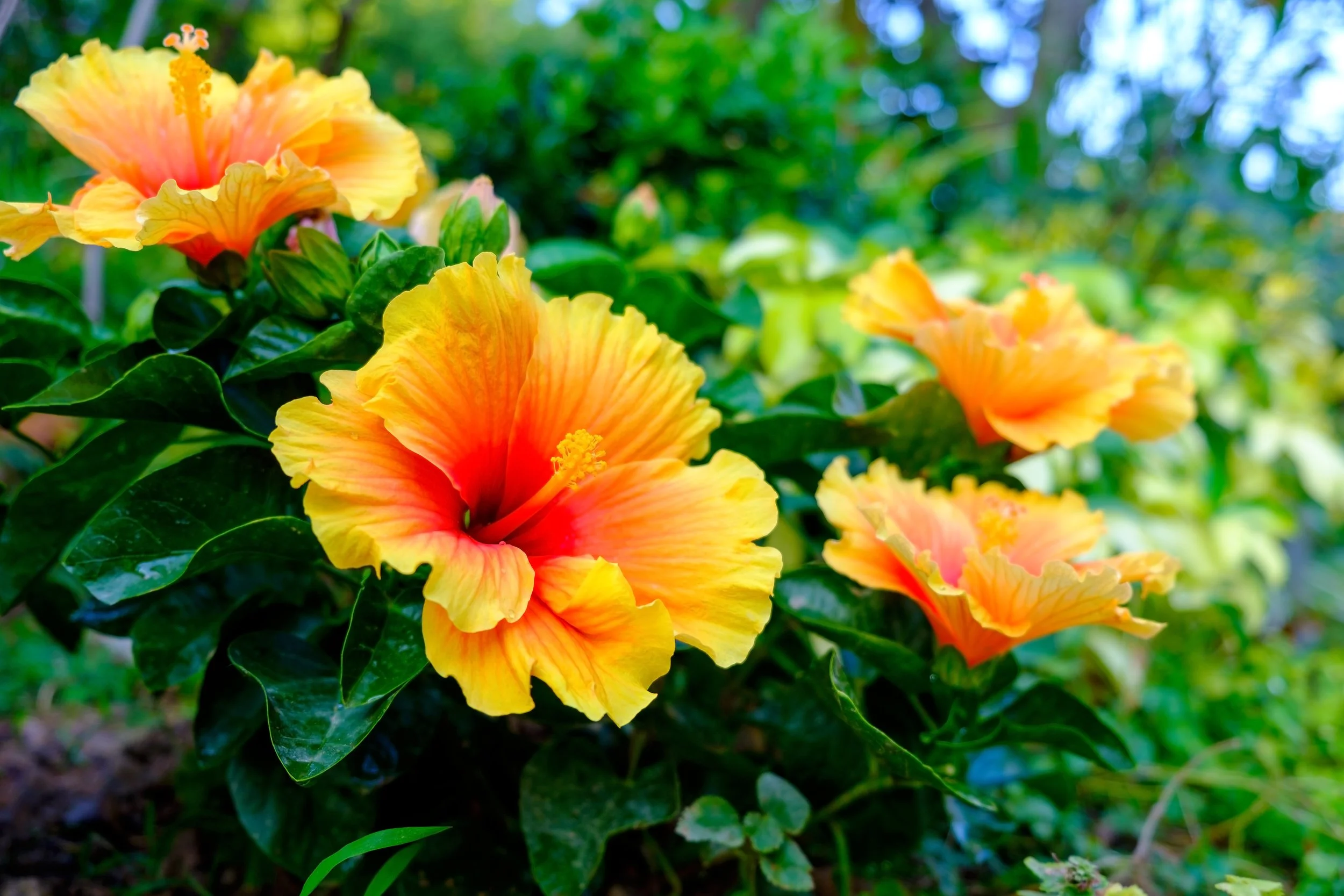
What is a Native Plant?
A native plant is a species that naturally occurs and has evolved in a specific region, ecosystem, or habitat over a long period of time, often thousands of years. These plants are adapted to the local climate, soil conditions, and the presence of other native species, including wildlife. The definition chosen by the City during the ordinance preparation is critical to enabling flexibility for the community and ultimate implementation success. The City will work through the pros and cons of various definitions with the City to identify what will work best for the ordinance goals. For example, the Commission for Environmental Cooperation places Encinitas within the Mediterranean California Level I Ecoregions, which spans from northern California to portions of northern Baja and is immediately adjacent to the North America Deserts Ecoregion. A definition of this scale maximizes flexibility for the program but does require additional consideration.
What is a Native Hybrid, ‘Nativars’?
Nativar - Chitalpa
Nonnative - Hibiscus
A "nativar" is a cultivar (cultivated variety) of a native plant. It is a plant that has been selectively bred or naturally selected from a native species to enhance certain desirable traits, such as flower color, size, shape, disease resistance, or growth habit. While nativars originate from native plants, they can sometimes differ significantly from their wild counterparts in terms of appearance or ecological function. For example, a nativar might have a more compact growth habit or a different bloom color that is not typically found in the wild version of the plant. The use of nativars in landscaping can be beneficial because they often combine the ecological benefits of native plants with the enhanced aesthetic or horticultural traits desired in garden settings.
What About the Nonnatives?
A strict adherence to using only California native plants in the landscape can be both challenging and limiting. It may be worth considering inclusion of complementary, ecologically beneficial, non-invasive nonnative plants in the ordinance as well. A carefully selected palette of familiar, non-invasive, xeric cultivars can enhance the goals of low water use, attracting pollinators, promoting resilience, increasing habitat connectivity, providing pleasing aesthetic and function, and achieving overall landscape success. Such a palette can also reduce maintenance learning curves and cost, and issues with plant availability. Furthermore, this option can provide unique cultural value (e.g., food, craft) and diversity to gardens and landscapes while still protecting native ecological resources. The planting locations of these companion species can be strategic and occupy spaces closer to the built environment rather than adjacent to open space.


